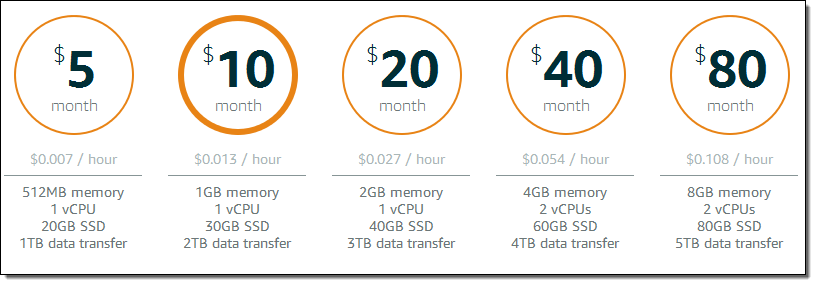

One would assume Amazon will upgrade the underlying operating systems that support the managed AD service well ahead of the end of life date.Īvailability of the Active Directory service is managed by AWS, which means all software updates, replication, and recovery processes are managed.įor IT pros, the same Active Directory management tools are available using the Remote Service Administration Toolkit (RSAT). A service built on actual Active DirectoryĪWS Managed Active Directory is underpinned by Windows Server 2012 R2 servers, which although now several versions behind and due to reach end-of-life in October 2023, include the bulk of new AD features used in a modern enterprise (group managed service accounts and Kerberos constrained delegation for example). Directory-aware applications are then able to join this domain and use AD features as they normally would. Once provisioned, at least 2 domain controllers are provisioned into your Virtual Private Cloud (VPC) network. What is AWS Managed Active Directory?Īmazon Web Services provides Active Directory as a managed service for customers using its platform. If you want to use Amazon Web Services to host IaaS (Infrastructure as a Service) workloads, we’ll explain what you need to know about AWS Managed AD and how it differs from a self-hosted AD.


However, workloads remaining on IaaS that are directory-aware are likely to still require a traditional directory service such as Active Directory. Workloads migrated to SaaS (Software as a Service) platforms are likely to take advantage of modern directory services such as Azure Active Directory. The benefits of hosting DCs on EC2 instancesĪctive Directory is a widely-used directory service that helps to manage the authentication of user and device objects.AWS Managed Active Directory editions and pricing.A service built on actual Active Directory.


 0 kommentar(er)
0 kommentar(er)
